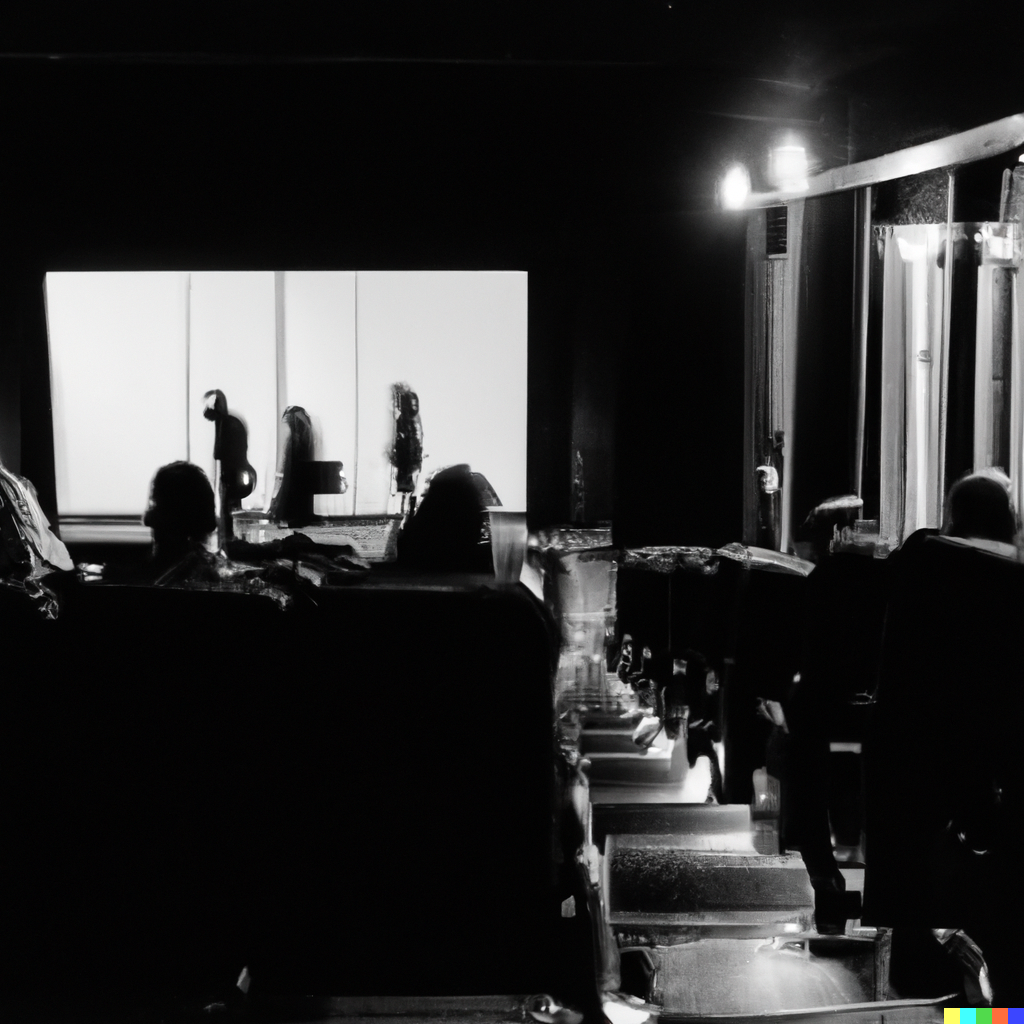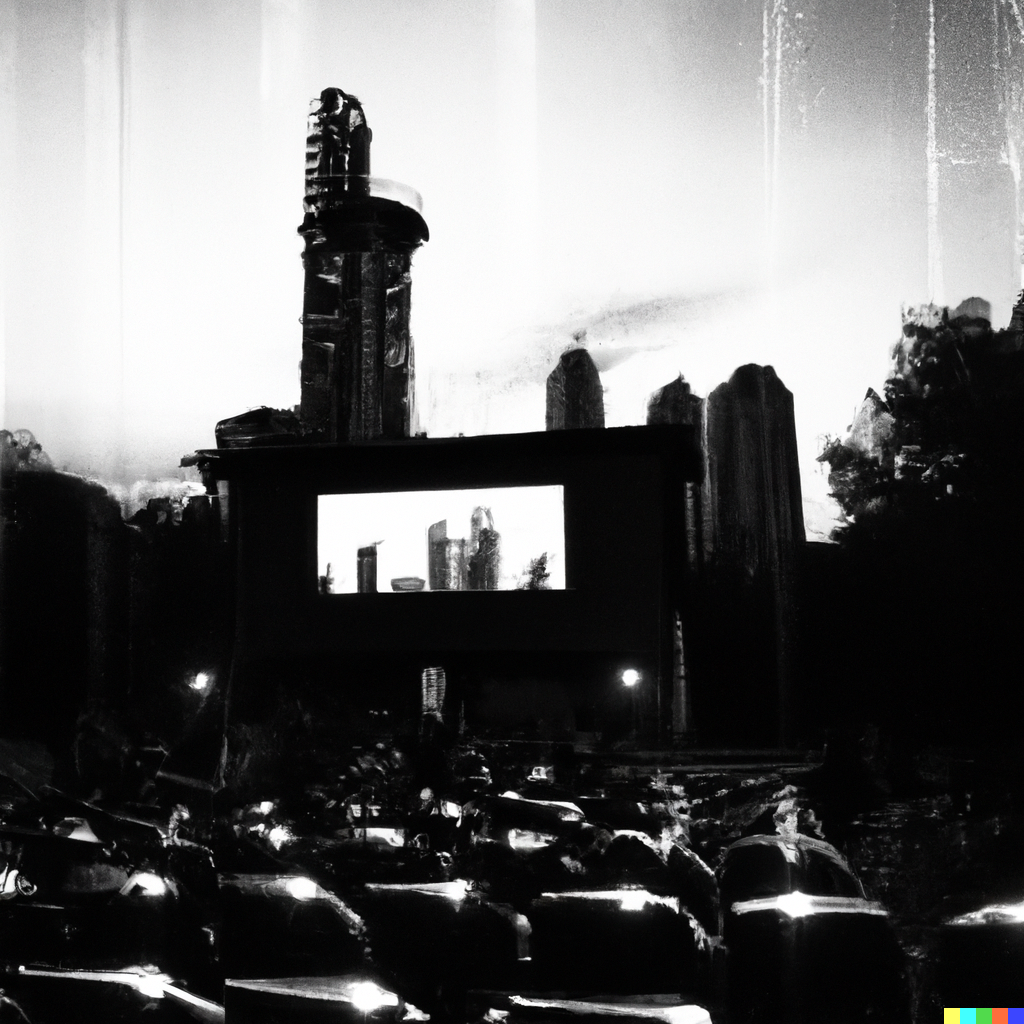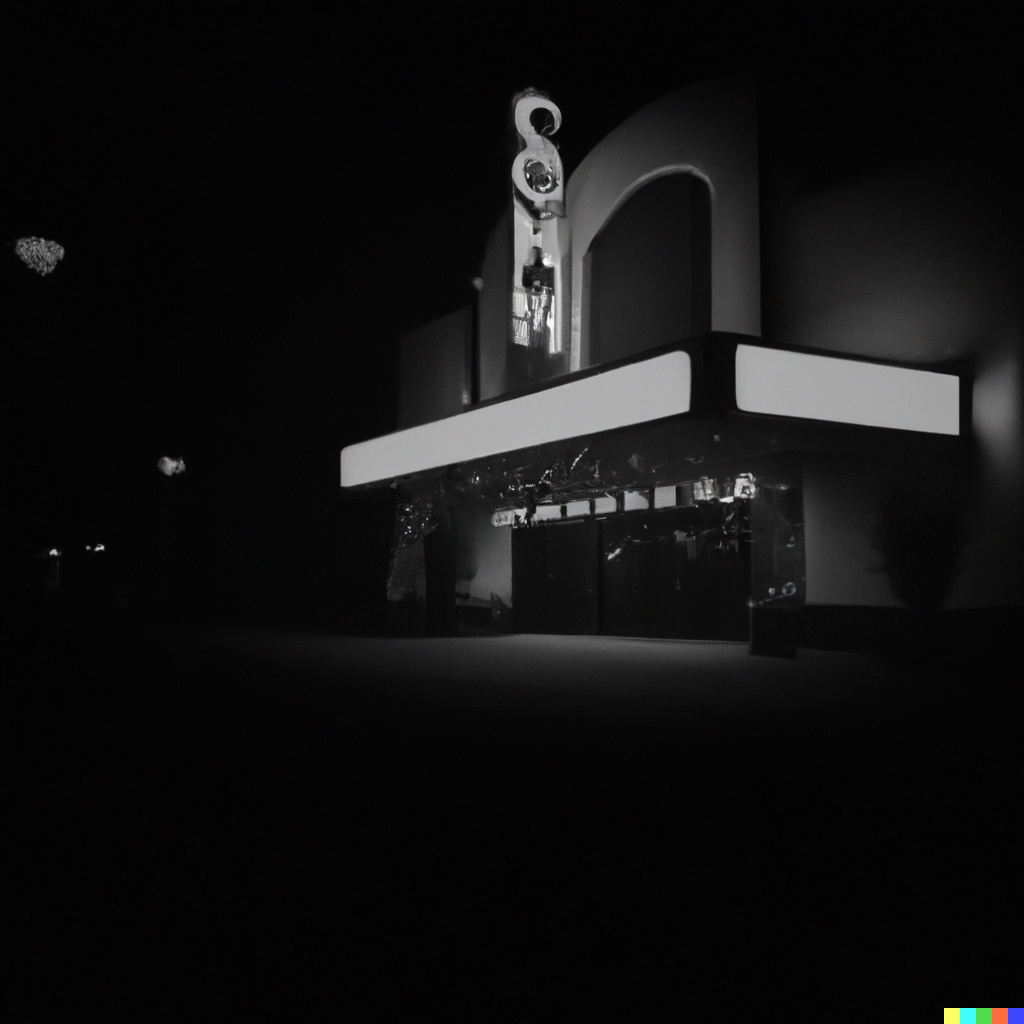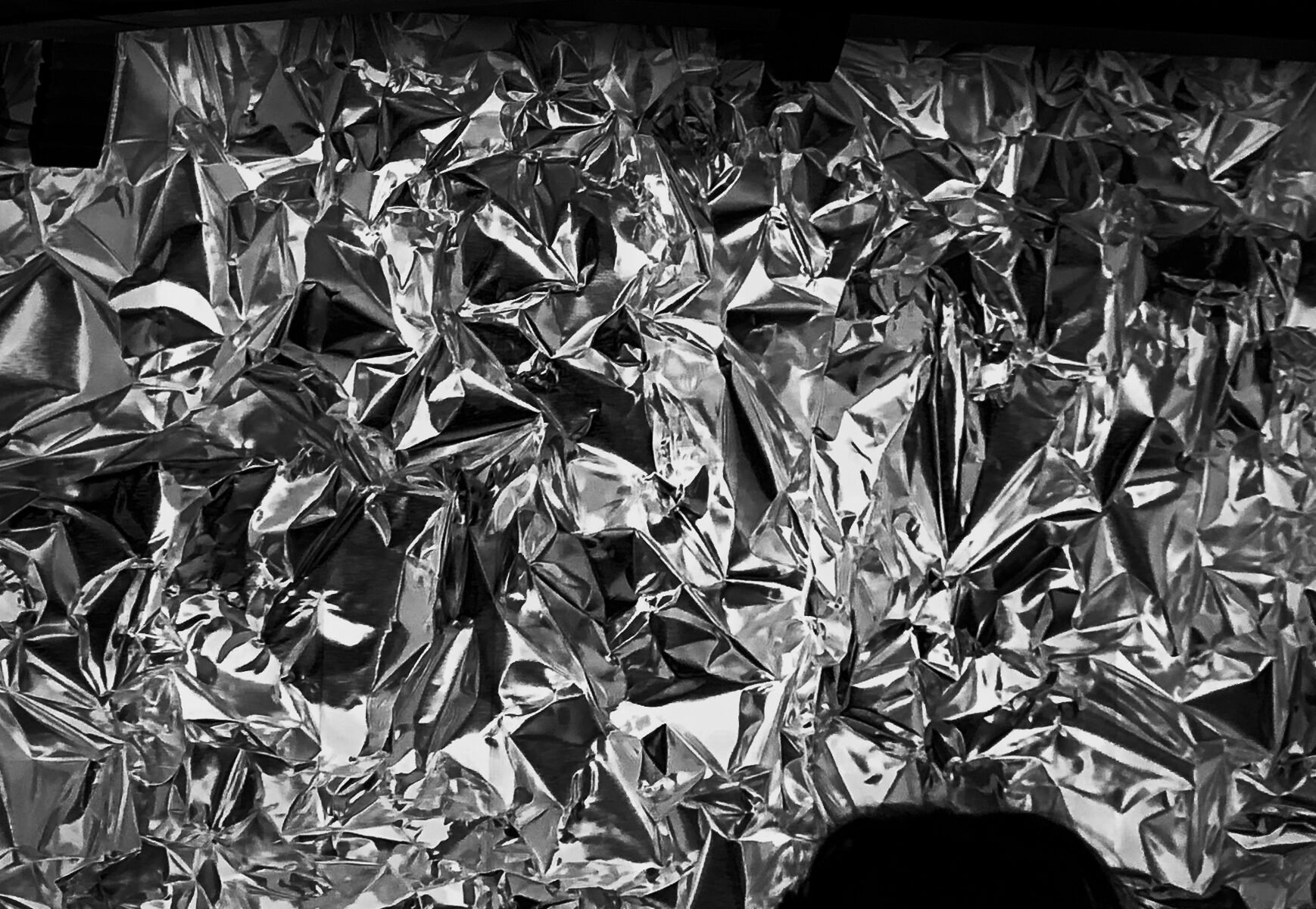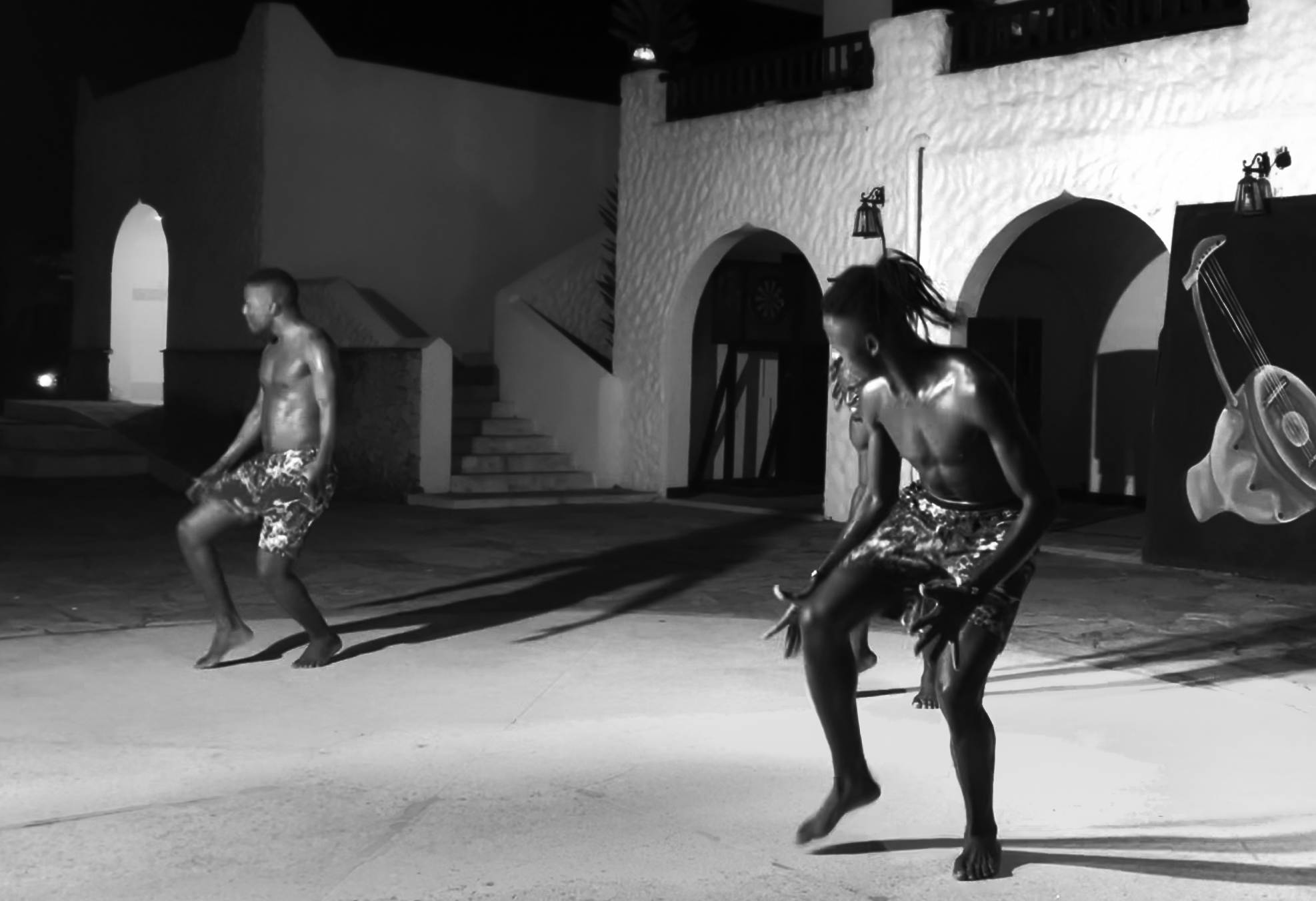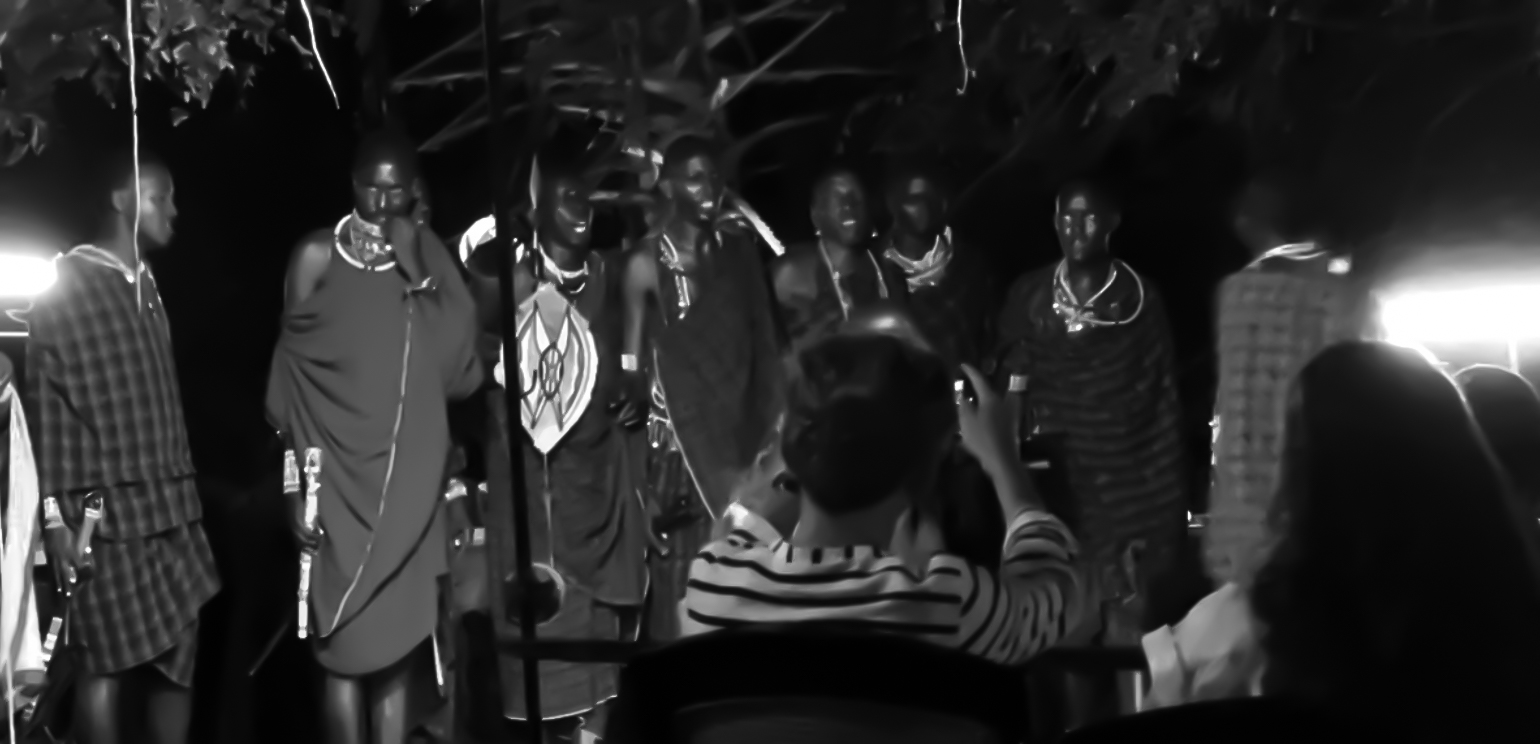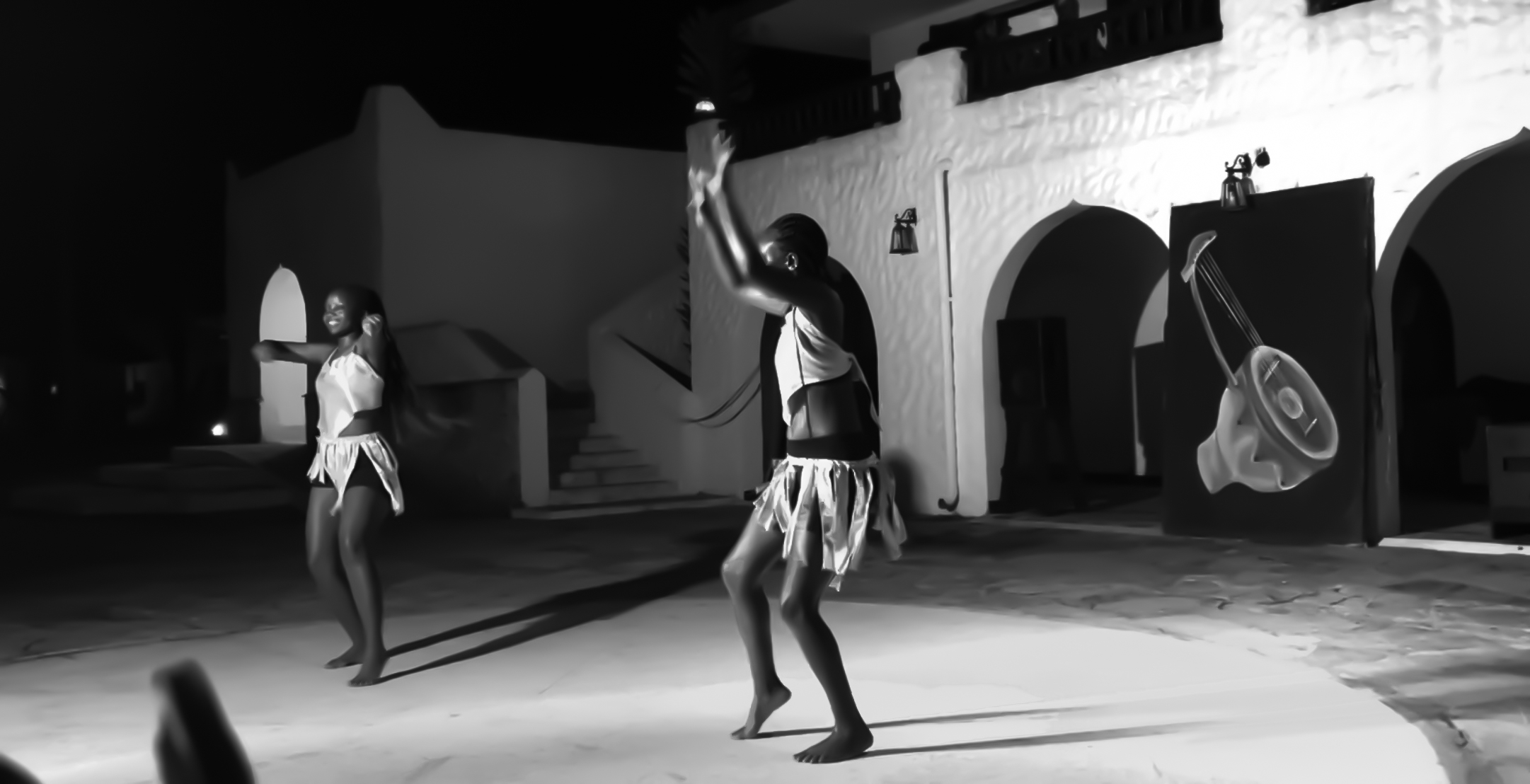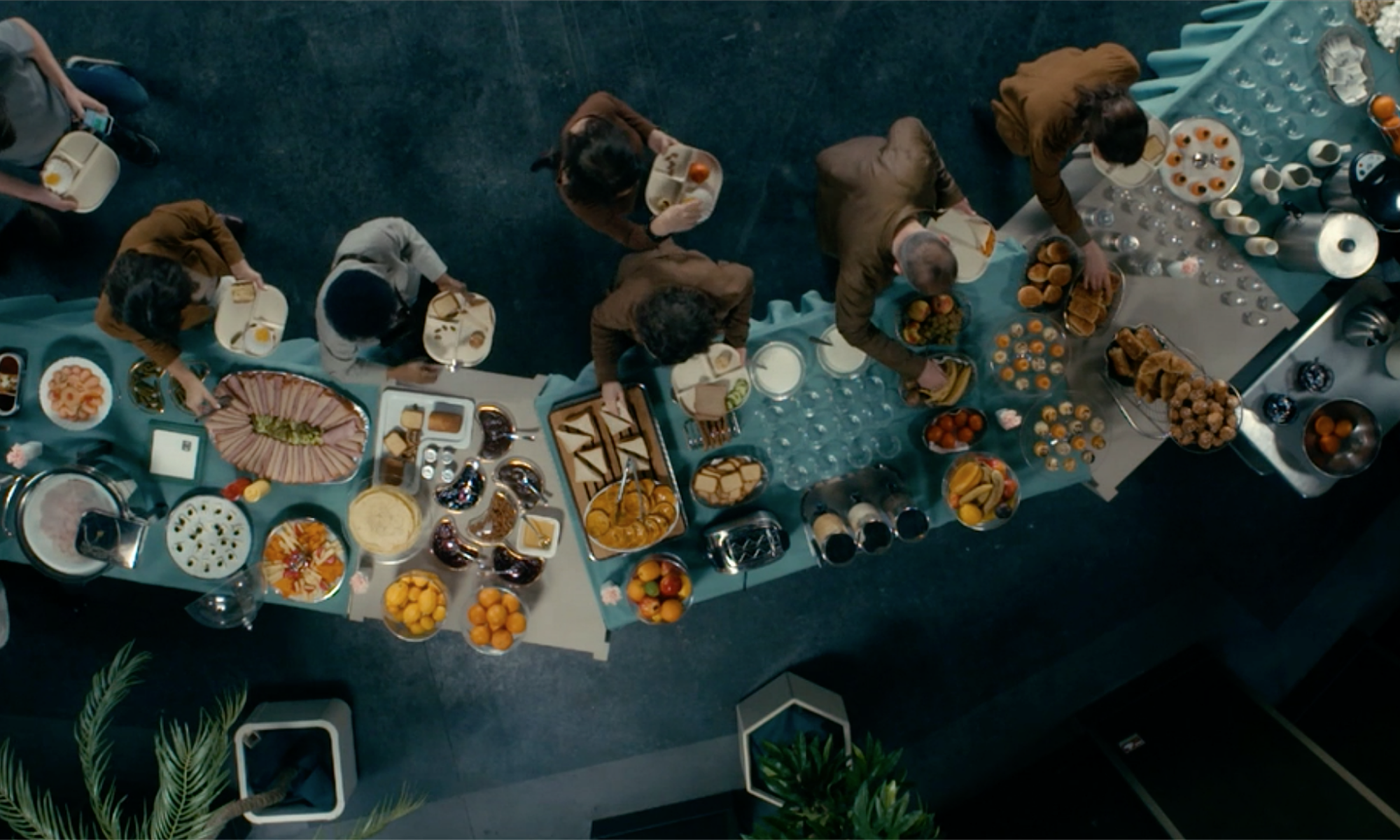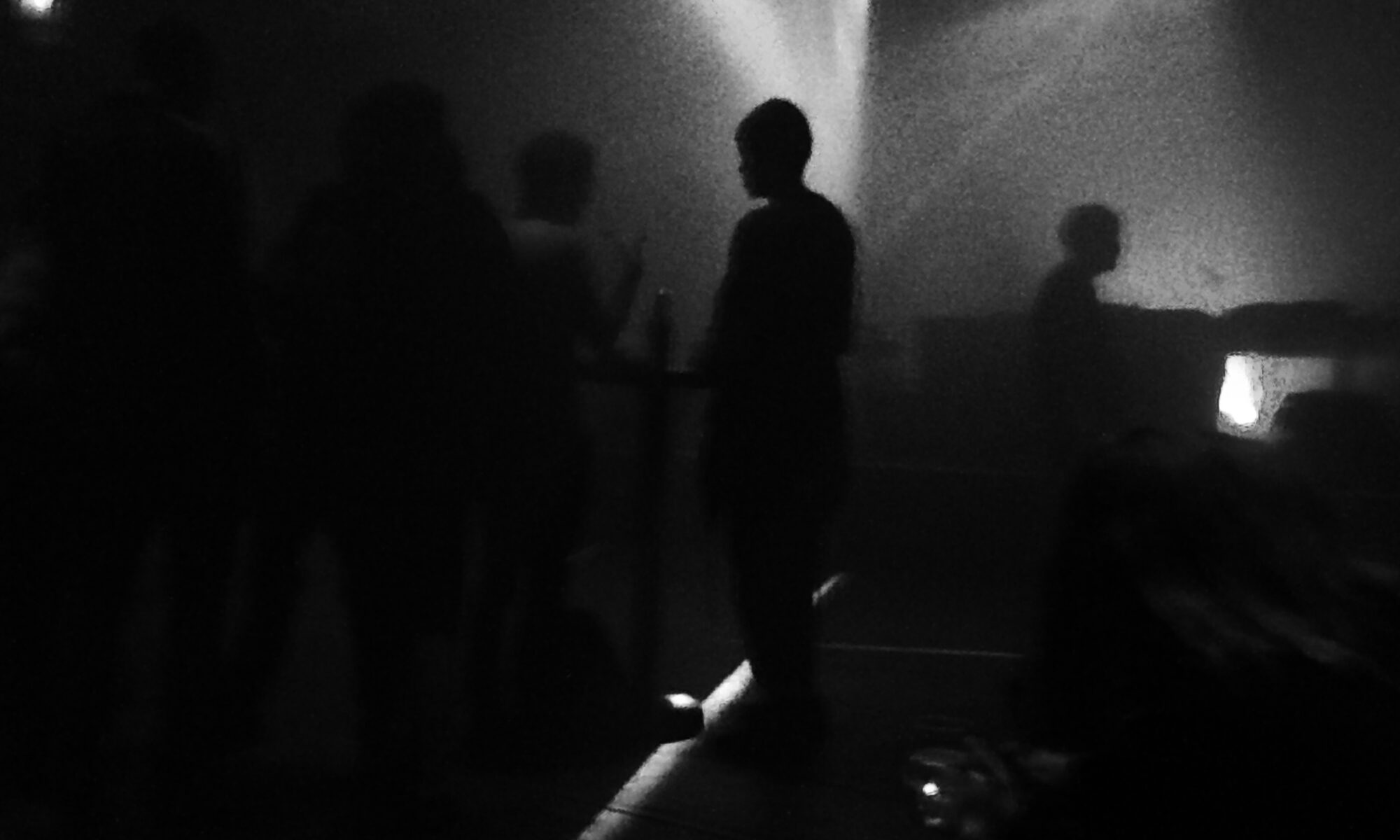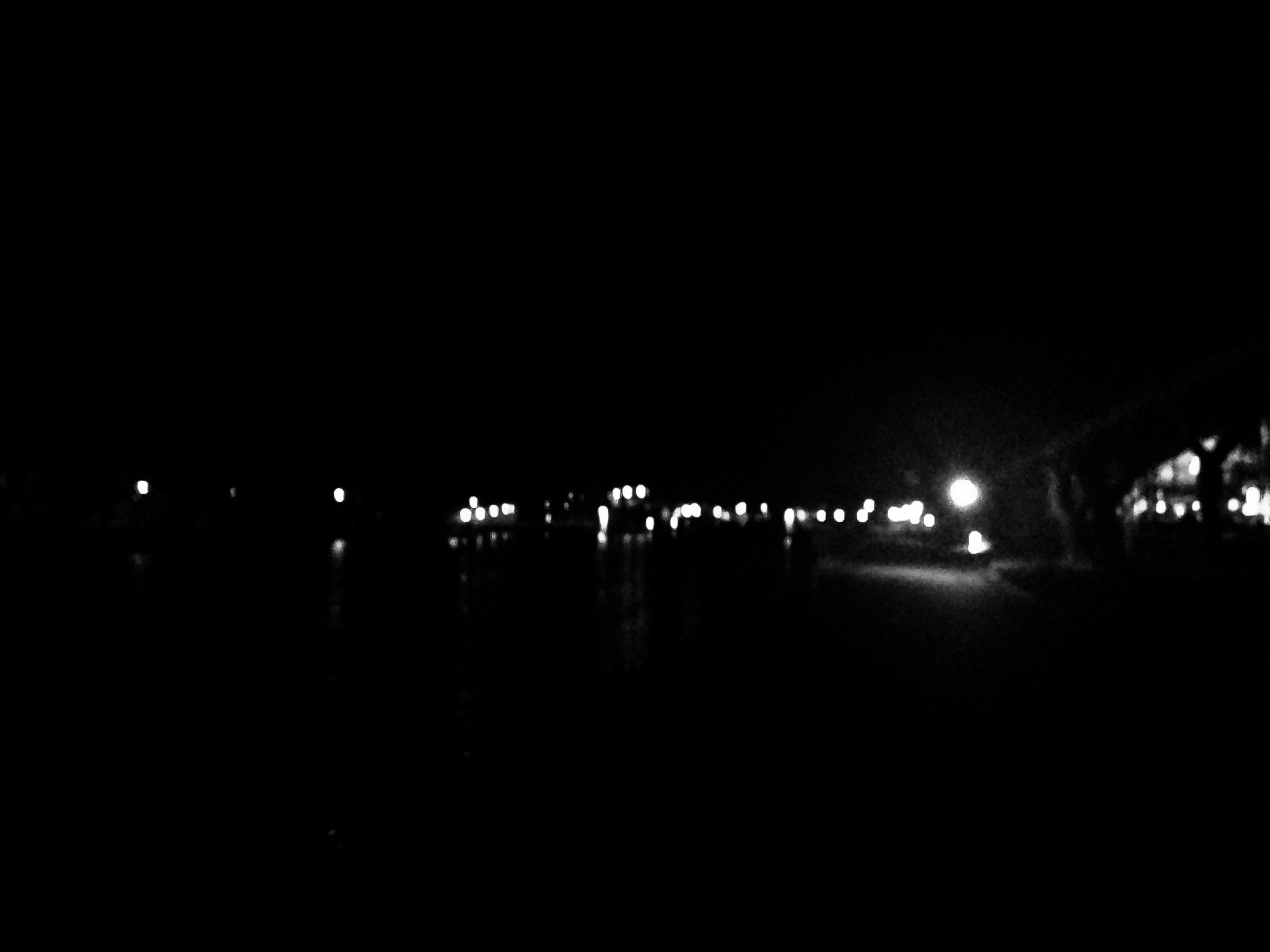Kino umiera. Na szczęście pozostaje nam film
Z Januszem Majewskim, twórcą takich filmów jak Zaklęte rewiry (1975), Lekcja martwego języka (1979), czy C.K. Dezerterzy (1985), rozmawia marek gajdziński
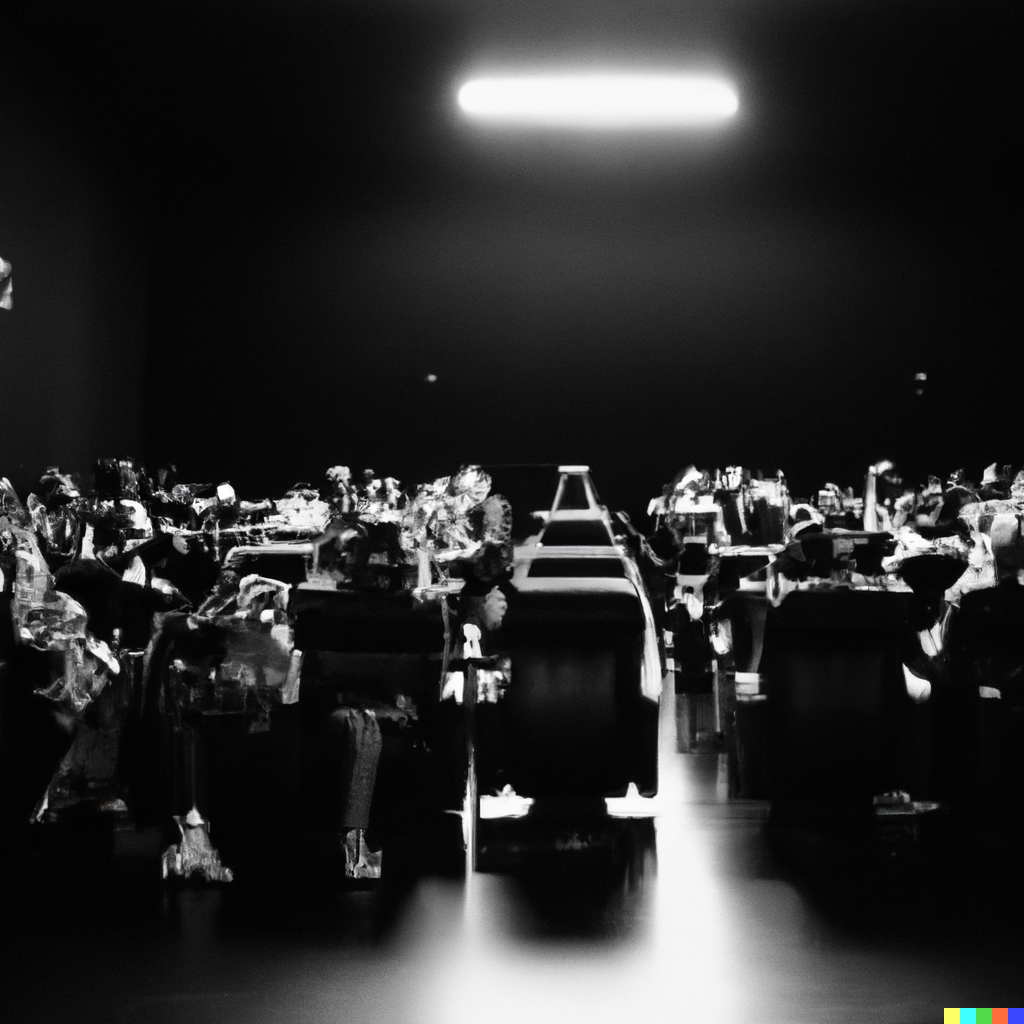
marek gajdziński: Wim Wenders podczas festiwalu w Cannes w 1982 roku zaprosił do swojego pokoju w Hotelu Martinez kilkunastu reżyserów, jednego po drugim, zaczynając od Jean-Luca Godarda, poprzez Wernera Herzoga, Susan Seidelman i Antonioniego, aż po Yilmaza Güneya, kurdyjskiego twórcę, który w tamtym roku zdobył Złotą Palmę za obraz Yol (Droga). Każdy z nich nagrał swoją wypowiedź na temat przyszłości kina. Czy kino i jego język umrą niebawem? – tak brzmiało pytanie wyjściowe. Wypowiedzi mają różną długość, od jednej minuty aż do pełnych jedenastu (każdy miał do dyspozycji 11 minutową rolkę taśmy). W ten sposób powstał film Pokój 666. Nie wystąpił w nim żaden polski twórca, choć mieliśmy wtedy Polaka w konkursie głównym. Cóż za przeoczenie. Chciałbym zatem powrócić myślą do tamtego zdarzenia i zadać Panu pytanie następujące: co by Pan powiedział, gdyby teraz przyszło Panu wziąć udział w podobnym przedsięwzięciu? Jak będzie wyglądała przyszłość naszego kina? Ta najbliższa i ta dalsza?
Janusz Majewski: Mnie się wydaje, że kino ma już bardzo krótką przyszłość. A to dlatego, że zmusza ludzi do tego, żeby przez minimum półtorej godziny siedzieli w jednym miejscu. Dzisiejszy widz, szczególnie młody, nie ma cierpliwości. Jego cierpliwość została wykształcona na zupełnie innych doświadczeniach, przede wszystkim na grach i na oglądaniu na własnym komputerze czy telewizorze filmów, które można w każdej chwili przerwać (jeśli nic się nie dzieje do 10 minuty), zacząć oglądać inny film, potem ewentualnie wrócić do poprzedniego. A kino przecież to niemal magiczny rytuał wymagający wspólnego siedzenia w ciemności, wspólnego przeżywania, kiedy sala cała się śmieje lub zamiera ze strachu (każdy przeżywa samodzielnie, lecz te emocje się sumują, wpływają na siebie nawzajem). Tego rytuału nie ma zatem kto podtrzymywać. Dlatego kino na naszych oczach umiera. Nie wiem tylko, jak długo ten stan przedśmiertny, a może już początek agonii będzie trwał. Aby zobrazować kondycję kina, opowiem o mojej dzisiejszej przygodzie, bo dziś właśnie próbowałem się wybrać na film z moim dorosłym już wnukiem (jest to taki nasz wspólny rytuał, że od czasu do czasu my obaj, tylko we dwóch, idziemy najpierw na lunch, a potem do kina). On właśnie wrócił z wakacji, siedliśmy więc do gazety, to znaczy do telefonu, i zaczęliśmy przeglądać repertuar. I co się okazało? W Warszawie, mieście w którym istnieje kilkadziesiąt kin, nie grają ani jednego filmu, na który warto by było zmarnować dwie godziny. Już same opisy tych filmów czy nawet tytuły skutecznie odstręczają, no bo co to może być za film, Człowiek mrówka czy jakiś Terminator numer siedem czy któryś tam? Zawsze podczas wakacji repertuar jest marny, rzecz zrozumiała, ale żeby do tego stopnia? To niestety jest część szerszego procesu, tego co dzieje się z naszą kulturą. Trudno, żeby z kinem było dobrze, jeśli nie jest dobrze z teatrem czy książkami.
marek gajdziński: Mówi Pan tu zatem o skąpości dobrego kina i braku wyboru jako ważnym czynnikom, które powodują upadek kina i szerzej, kultury.
Janusz Majewski: O braku wyboru, o obniżaniu lotów, dostosowywaniu się do poziomu, ja wiem, idiotów, żeby nie szukać łagodniejszych słów. Do poziomu odbiorcy, który dyktuje warunki.
marek gajdziński: Świat nie lubi pustki. Mówi Pan, że kino jest skazane na wymarcie. Co w takim razie wypełni puste miejsce po kinie?
Janusz Majewski: Rozwój techniki wciąż nas zaskakuje. Niebawem pewnie dzisiejszy obraz kinowy będzie dostępny dla każdego w warunkach domowych. Bez żadnych ograniczeń ani technicznych, ani repertuarowych. Zresztą już prawie jest.
marek gajdziński: Może więc nie oznacza to całkowitej zagłady kina, lecz jedynie formy, do której się przyzwyczailiśmy? Być może nasze dzieci i wnuki nawet tej zmiany nie zauważą? Bo przetrwa kino w sensie języka filmu?
Janusz Majewski: Ten język kształtował się przez dziesięciolecia, od kina niemego, które stworzyło język obrazu z konieczności, gdyż nie miało dźwięku do dyspozycji, z całą tą przesadną dla nas dziś czy wręcz śmieszną ekspresją. Przez sto lat z kawałkiem język kina przeszedł tę samą drogę, co języki literatury przez całe tysiąclecia, począwszy od Homera. W tym czasie wykształcił swoją własną ortografię i stylistykę, skodyfikował się i osiągnął perfekcję. Najważniejszym krokiem do osiągnięcia tej perfekcji było uświadomienie sobie przez takich twórców jak Eisenstein, Wiertow, czy Griffith, że głównym narzędziem języka filmu jest montaż. Dzięki temu dziś językiem filmu możemy wyrazić niemal wszystko. Kino może zniknąć, ale film przetrwa i język filmu przetrwa, tak jak trwają języki ludzi. Każdy język się doskonali, wzbogaca, absorbuje nowe słowa, zapożycza z innych języków, więc język filmu też się będzie doskonalił, ale jego gramatyka, jego składnia pozostaną w istocie bez zmian.
marek gajdziński: Byłem kiedyś na wykładzie Petera Greenawaya w Sopocie, w którym ten brytyjski reżyser określający się jako ekscentryk kina tłumaczył, iż film musi się uwolnić od kilku rodzajów tyranii, wśród których wymienił dyktaturę prostokątnego kadru, tekstu, aktora, oraz kamery. Mówił wtedy też o tym samym, o czym Pan już wspomniał, o przykuciu widza do fotela. Dla Pana jest to naczelna wartość kina, bo brak ruchu i ciemność pozwalają skupić się na filmie. Greenaway odwrotnie, uważa że to minus. Na przykładzie swojego projektu Peopling the Palacespokazywał, że kino przyszłości będzie musiało dostosować się do widza, jeśli chce przetrwać. Oznacza to, między innymi, że film musi podążać za swoimi widzami wszędzie tam, gdzie oni chcieliby się udać. Człowiek przyszłości będzie zatem mógł oglądać filmy wykonując różne czynności, biegnąc, spacerując, a jak to będzie wyglądało w praktyce, to już zależy od rozwoju techniki, która być może zaoferuje możliwość obrazu rzucanego na wszelkie będące pod ręką płaszczyzny albo po prostu zawieszonego w powietrzu, zawsze w określonej odległości od oczu widza. Co Pan o tym myśli?
Janusz Majewski: To ciekawy pomysł, ale nie dla mnie. Nie uśmiechałoby mi się prowadzić samochód albo tylko chodzić po lesie i jednocześnie oglądać film. To też kwestia podzielności uwagi. Przecież w kinie ważny jest nie tylko obraz, lecz również, a może przede wszystkim refleksja, jaką ten obraz we mnie wzbudza. Wie Pan, ja kilka dni temu zacząłem 85 rok życia, i coraz częściej myślę z ulgą o tym, że to już mnie nie dotyczy, nie będę tego przeżywał i nie będzie mnie to denerwowało. To jest pozytywna i pocieszająca strona starości. Nie jest źle być starym, pod warunkiem że ciekawość świata coraz bardziej przejawia się w ciekawości siebie samego jako przedstawiciela gatunku, jako exemplum do studiowania tego tworu natury, jakim jest człowiek. Nie mówię tu o jakimś chorobliwym egoizmie czy egocentryzmie, lecz uważnym obserwowaniu własnego wnętrza, po to, aby poznać wnętrza innych ludzi. Świat ma wiele obliczy, można się interesować polityką, ale z perspektywy mojego wielu to wydaje się nudne i niewłaściwe. Lepiej zamknąć oczy na te objawy aberracji umysłowej, otworzyć się za to na piękne strony świata. Najwspanialszym obiektem obserwacji dla człowieka jest niezmiennie on sam. Tak że mnie ten człowiek przyszłości i jego zwyczaje, jego być może nadludzka zdolność do dzielenia uwagi, coraz mniej interesują.
marek gajdziński: Refleksja, jej waga w życiu człowieka, współczesnego, przeszłego czy przyszłego, doceniana przez nas zwykle z wiekiem, prowadzi do kolejnego pytania, pytania o Lekcję martwego języka, film według powieści Kuśniewicza w Pana reżyserii i według Pańskiego scenariusza. Bo to bardzo refleksyjny film. Nasz kolega redakcyjny, Paweł Huelle, uważa Lekcję za arcydzieło sztuki filmowej. Czy Pan też ma do tego filmu jakiś szczególny stosunek?
Janusz Majewski: Cieszy mnie ta opinia, bo ja również ten film bardzo lubię. Włożyłem w niego dużo serca i emocji. Staranności. Myślę, że ten film się rzeczywiście udał. Ta powieść Kuśniewicza mnie szczególnie zafascynowała, choć lubiłem też jego poprzednie książki. Nawiasem mówiąc, Kuśniewicz dawał mi nadzieję, że nigdy nie jest za późno. Bo on bardzo późno zadebiutował, miał chyba 56 lat, kiedy wydał pierwszą powieść. Przeczytałem ją i następne, no i kiedy zobaczyłem nową w księgarni (w Zakopanem, gdzie byłem na nartach), od razu kupiłem i przeczytałem jeszcze tego samego wieczoru i kawałka nocy. Nie mogłem się doczekać poranka, żeby zadzwonić do niego i do Zespołu Filmowego, żeby kupili od autora opcję na tę historię. Żeby mnie ktoś nie ubiegł. Potem zresztą pytałem w Zespole, czy ktoś się tym interesował, okazało się, że byłem jedyny.
marek gajdziński: Może dlatego, że Lekcję martwego języka może wydawać się powieścią bardzo nie filmową. Narracja, w której bezustanne wspominanie przeszłości, jak u Prousta, i elementy strumienia świadomości, jak u Virginii Woolf, grają ważną rolę. Czy Pamięta Pan, co zdecydowało, że postanowił Pan wziąć się za ten właśnie tekst? Jak Pan podszedł do tego zadania?
Janusz Majewski: Pamiętam, że od razu zobaczyłem w głowie gotowy film. Nie miałem żadnych wątpliwości, jak to należy opowiedzieć. Widocznie moi koledzy nie zobaczyli tego. Ale ja mam hyzia na punkcie czytania książek, od wczesnego dzieciństwa bez książki nie ma dla mnie ani jednego wieczoru. Nie zasnę bez książki. Język literacki był mi zawsze bardzo bliski, i być może dzięki temu tak szybko zorientowałem się, że to jest również świetny materiał na film. Oczywiście wymagał przełożenia z języka na język, ale nie miałem z tym żadnego kłopotu.
marek gajdziński: Tak, adaptacja to rodzaj przekładu, o przekładach zaś mówi się, że są jak żony, albo wierne, albo piękne.
Janusz Majewski: Myślę, że ja Kuśniewicza nie zdradziłem, że to wciąż była jego powieść, tyle, że na ekran przeniesiona. Zresztą on sam, a przecież znał się na filmie, był pod wrażeniem adaptacji.
marek gajdziński: Udało się osiągnąć piękno bez zdrady?
Janusz Majewski: Tak. Choć nie było to proste, bo trzeba było po drodze pokonać wiele przeszkód. Nie tylko podczas kręcenia, lecz także na etapie postprodukcji. Film został zakwestionowany przez władze. Po kolaudacji, na której film otrzymał zresztą wysokie oceny, został pokazany Jaroszewiczowi i jego małżonce. I oni dostali szału, twierdząc że za pieniądze ludu pracującego przemyca się do obiegu film elitarny i dekadencki zarazem, to po pierwsze, a po drugie, przecież to się dzieje na terenach należących do Ukraińskiej Socjalistycznej Republiki Radzieckiej, i co ja powiem, pyta Jaroszewicz, jak jakiś towarzysz do mnie zadzwoni z pretensjami, że jakim prawem robimy filmy o ich ziemiach. Trzeba więc było sporo powycinać, choćby ten okrzyk “Wojna skończona! Niech żyje wolna Ukraina!”, wydany przez miejscowego buntownika, który w powieści pojawia się podczas finałowej śmierci porucznika Kiekeritza. Wolna Ukraina okazała się nie do przyjęcia. Niech pan sobie wyobrazi, że ten film jest wyświetlany w Koszalinie, powiedział do mnie minister od kultury, gdzie są przesiedleni z Bieszczad Ukraińcy, i oni usłyszą to w kinie i zrobią manifestację. No i pozostało samo “Wojna skończona!”, bez Ukrainy. A kiedy przywieźliśmy film na festiwal do Gdańska, latem 1980 roku, zbiegło się to z wydarzeniami Solidarnościowymi i nikt do takiego filmu nie miał głowy. W cenie wtedy były filmy współczesne, z politycznymi aluzjami. Nie trafiliśmy na odpowiedni czas. Satysfakcja przyszła po latach, a film, na szczęście, się w tym czasie nie zestarzał.
marek gajdziński: Który ze swoich ruchomych obrazów uważa Pan za swoje największe artystyczne bądź osobiste osiągnięcie? Albo za dzieło o najbardziej ponadczasowym charakterze? I co to w ogóle znaczy, ponadczasowy charakter w kinie, czy to film, który nie jest osadzony w żadnej konkretnej rzeczywistości, czy przeciwnie, ponadczasowość uzyskuje się poprzez rzetelne odniesienia do wybranego czasu i przestrzeni, poprzez sporządzenie wielowymiarowego portretu jakiegoś wybranego fragmentu istnienia?
Janusz Majewski: Generalnie Zaklęte rewiry uważa się za moje opus magnum. Głównie dlatego, że jest to z jednej strony film zrobiony perfekcyjnie, że tak nieskromnie się wyrażę, perfekcyjnie od strony warsztatowej, z drugiej zaś jest to historia, która ma walor społeczny i uniwersalny, wciąż aktualny charakter. Bo każdy człowiek musi w młodości przejść przez taką czy inną szkołę życia. Jeździłem z tym filmem po świecie, byłem między innymi w Nowym Jorku, zaproszony na pokaz w klubie filmowym w Muzeum Sztuki Nowoczesnej (MOMA), i po filmie wywiązała się dyskusja. Okazało się, że wielu widzów uważa, że ten film jest o nich. Jakaś dziewczyna powiedziała – ja nie jestem kelnerką, ale to jest film o mnie, bo też mam takie stosunki w pracy. Ktoś inny wstał i powiedział – a ja jestem kelnerem i u nas w pracy jest wciąż dokładnie tak samo. A potem jakiś architekt i jeszcze ktoś się odezwał i okazało się, że film ma ogromny rezonans. Amerykanie chcieli nawet zrobić remake i mnie to zaproponowali, żebym tę samą historię opowiedział w warunkach amerykańskich. No ale wtedy Henryk Worcell już niestety nie żył, a pani Worcellowa była chyba pod wpływem jakichś idiotów, i nie zgodziła się sprzedać praw. Nie rozumiała, jak świetny byłby to interes, dla niej i dla całej rodziny, bo przecież zarobiłaby majątek i długo wszyscy mogliby z tego żyć, na pewno wydano by też powieść w nakładach, które w Ameryce idą w miliony. Tłumaczyłem jej to, ale zaparła się i nic z tego w sumie nie wyszło. To była bardzo prosta kobieta, o czym może doskonale świadczyć następujące zdarzenie. Kiedy robiłem ten film, to zaprosiłem oboje Worcellów do Pragi, bo tam trwały zdjęcia. Ona była pierwszy raz na planie filmowym, śledziła wszystko z zapartym tchem, i w pewnym momencie, patrząc na Marka Kondrata z wyraźnym zachwytem, powiedziała do męża: Oj, Henryczku, jaki ty byłeś kiedyś piękny. To zdanie mnie z kolei wprawiło w autentyczny zachwyt. Bo ona naprawdę, w tej swojej prostocie, uwierzyła że Kondrat to jest jej Henryk z czasów młodości (powieść Zaklęte rewiry jest narracją w dużej mierze autobiograficzną). Na naszych oczach dokonał się jakiś cud: Marek grając postać stworzoną przez jej męża, przeistoczył się w niego samego z przeszłości!
marek gajdziński: To się nazywa magia kina!
Janusz Majewski: Rozumiałbym tę magię, gdyby to było podczas projekcji, w sali kinowej. Ale nie, to było podczas zdjęć, a nawet w przerwie między zdjęciami. Siedzieliśmy obaj z Markiem na krzesełkach, oni podeszli i wtedy ona to powiedziała. No i kiedy pojawiła się ta propozycja remaku, ona jako spadkobierczyni praw miała decydujący głos. Odmówiła. Może byłoby inaczej, gdyby się mogła syna poradzić. Ale nie mogła. Bo on był znanym himalaistą (Kurtyka, tak naprawdę się nazywali) i wspinał się gdzieś w Himalajach, telefonów komórkowych wtedy nie było, a Amerykanie, jak to Amerykanie, chcieli mieć odpowiedź natychmiast, w ciągu tygodnia, dwóch. A jak syn wrócił z Azji, to już było za późno.
marek gajdziński: Nie wiem, czy żałować. Tej straconej szansy. Bo do remaków mam, generalnie, stosunek ambiwalentny. A w tej konkretnej sytuacji z jednej strony ominęła Pana Hollywoodzka, być może wspaniała przygoda. Z drugiej jednak strony, byłoby to pewnie ogromne i stresujące wyzwanie, bo czy po stworzeniu filmu tak perfekcyjnego udałoby się Panu zrobić jeszcze lepszy? Tego się już pewnie nigdy nie dowiemy. Podobnie jak przyszłość, również alternatywne wersje przeszłości są przed nami zakryte. Bardzo Panu dziękuję za tę rozmowę.
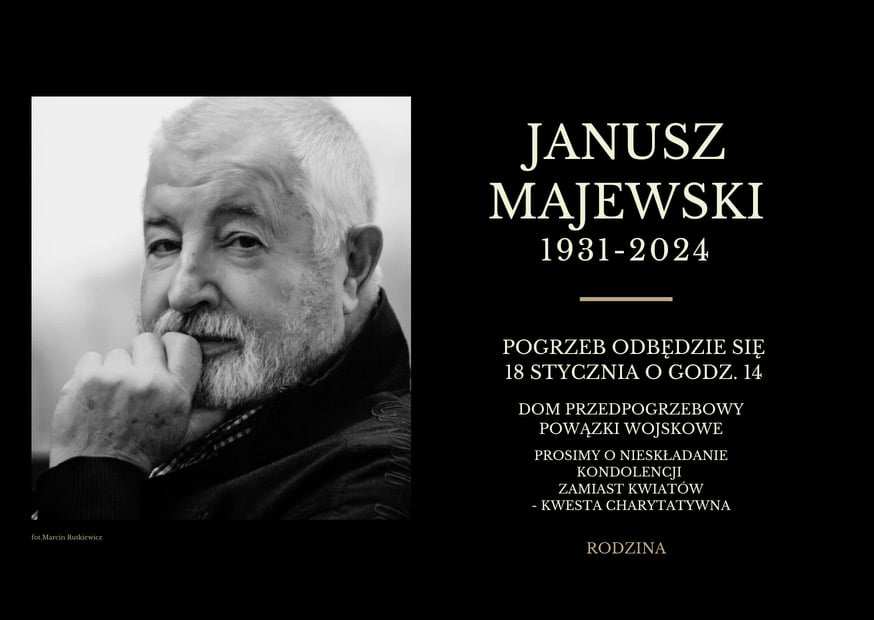
(Tekst rozmowy, autoryzowany przez Janusza Majewskiego, ukazał się wcześniej w Kwartalniku Artystycznym BLIZA numer 3 (24), 2015)
